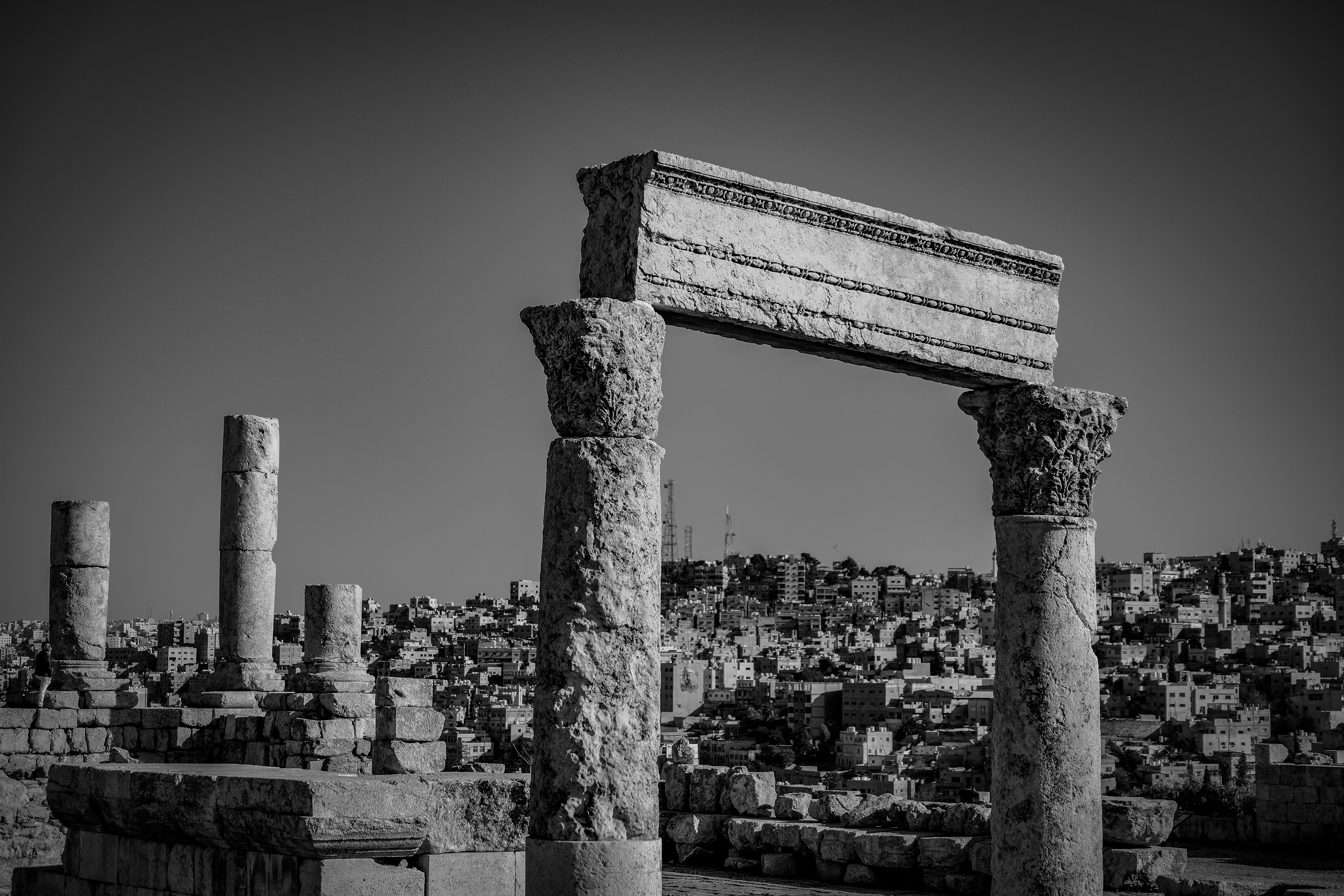Have you ever wondered about the historical artifacts displayed in British museums? Well, there’s much more to their stories than meets the eye.
The looting of historical artifacts by the British Empire is a controversial topic that has been discussed for years. The debate focuses on whether these artifacts should be kept in colonizers’ museums or returned to their original countries. This article will focus on the histories of these artifacts and the ethical problems surrounding their ownership.
Koh-i-Noor Diamond

The Koh-i-Noor Diamond, one of the most oversized jewels in the world, measures 105 carats. It was extracted from an Indian quarry and added to the Mughal Empire’s coffers. The diamond was taken under the authority of the British East India Company in 1851 and gifted to Queen Victoria. It was later added to the Queen Mother’s crown, which is now displayed in the Tower of London.
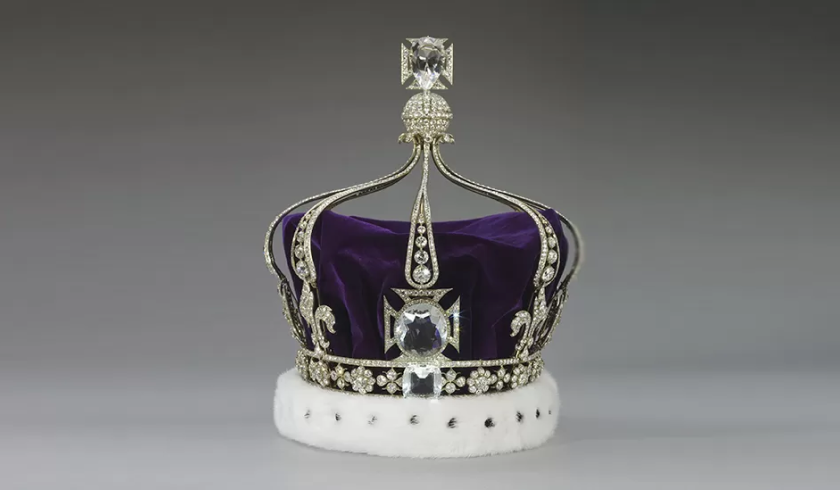
India has frequently claimed the return of diamonds. Although according to the British government, the diamond was acquired lawfully and is now a significant piece of the British cultural legacy.
The Rosetta Stone
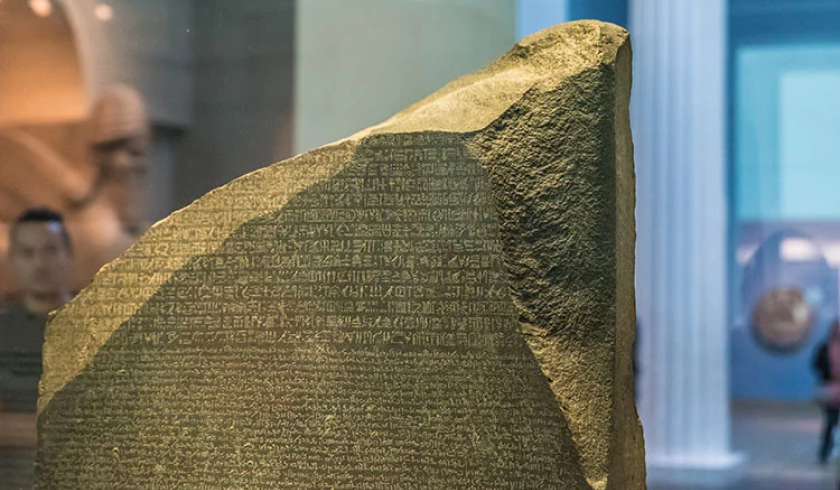
The Rosetta Stone is an ancient Egyptian stele that bears an inscription of law from King Ptolemy V’s rule in 196 BCE. It is regarded as the key to comprehending ancient Egyptian hieroglyphics and is written in three scripts: Ancient Greek, Demotic script, and hieroglyphics. During Napoleon’s campaign in Egypt, French troops found the stone in 1799. It was later taken by the British in 1801.
The Rosetta Stone is now regarded as one of the British Museum’s most prized possessions and has been exhibited there since 1802. Egypt has repeatedly demanded the stone’s return, claiming it should be given to its legitimate owners since it was taken during colonial occupation.
The Maqdala Treasures
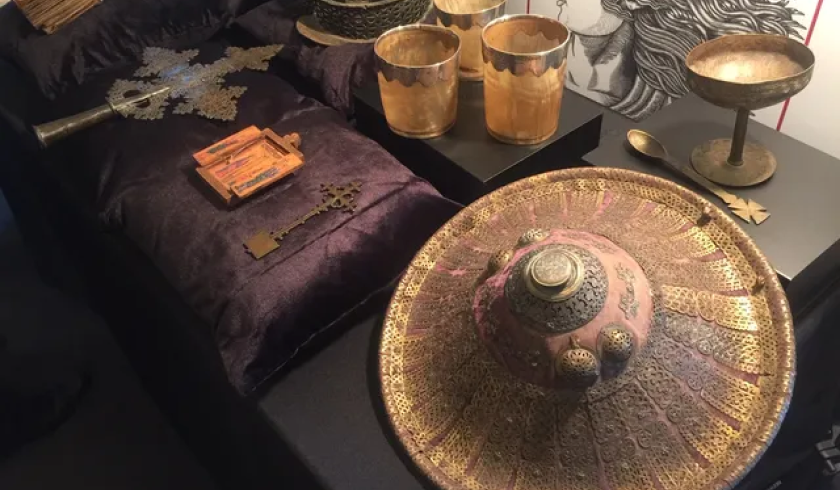
The Maqdala Treasures are a collection of Ethiopian religious and cultural artifacts that British soldiers looted during the 1868 Expedition to Abyssinia. The artifacts, which include gold and silver crowns, manuscripts, and religious icons, were taken to the UK and are now held by various institutions, including the Victoria and Albert and the British Museum.
Ethiopian administration has repeatedly demanded the return of the Maqdala Treasures. The Victoria and Albert Museum agreed to lend Ethiopia some of the artifacts in 2018, but the bulk of the collection is still in the museum’s custody.
Benin Bronzes
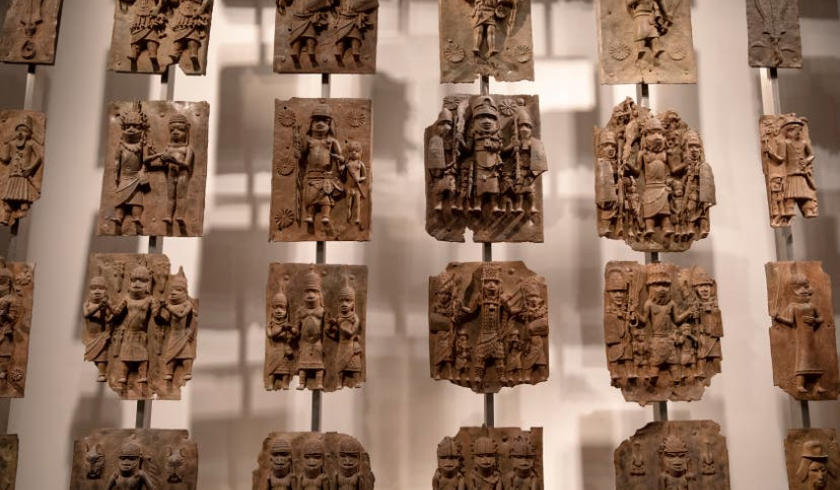
The Benin Bronzes are a fascinating collection of brass sculptures and plaques the British troops stole from the Kingdom of Benin in 1897. These beautiful artworks depict various aspects of the Benin people’s daily lives, religion, and royalty and are a valuable part of African cultural heritage.
Today, there is a movement to return the Benin Bronzes to Nigeria and restore them to their rightful owners. The British Museum has discussed the possibility of loaning the Benin Bronzes to Nigeria.
Elgin Marbles
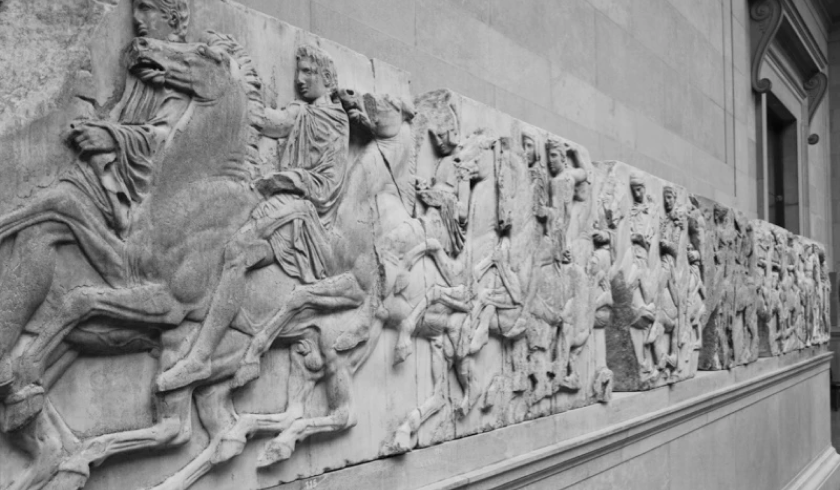
The British diplomat Lord Elgin took several antique Greek marble sculptures, inscriptions, and architectural elements from the Parthenon in Athens at the beginning of the 19th century. The statues date back to the 5th century BC and depict various scenes from Greek mythology and everyday life in ancient Athens.
The taking of the Elgin Marbles has been controversial and debated for many years. Greece has long called for their repatriation, arguing that they are vital to the country’s cultural heritage.
The Sultanganj Buddha
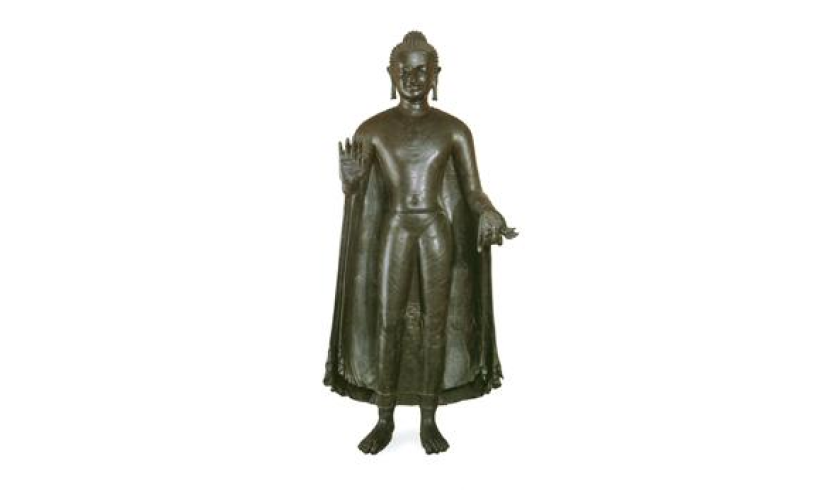
This Buddha bronze statue dates back to the 6th or 7th century CE. It was discovered in the Sultanganj region of Bihar, India, in the 1860s. The statue was taken by British archaeologist Alexander Cunningham and sent to the British Museum in London. The statue, which is over two meters tall and weighs about a ton, is one of the earliest representations of the Buddha in human form.
India has repeatedly requested the return of the Sultanganj Buddha. Still, the British Museum has refused to repatriate it, citing the statue’s cultural significance to British history.
Final Word
The looting of historical artifacts by the British Empire has had a lasting impact on the cultural heritage of colonized countries. The ongoing movement towards repatriation is an essential step towards addressing this legacy and restoring colonized peoples’ dignity and cultural heritage. It is our collective responsibility to acknowledge the past wrongs of colonialism and take action toward repairing the damage that has been done.

